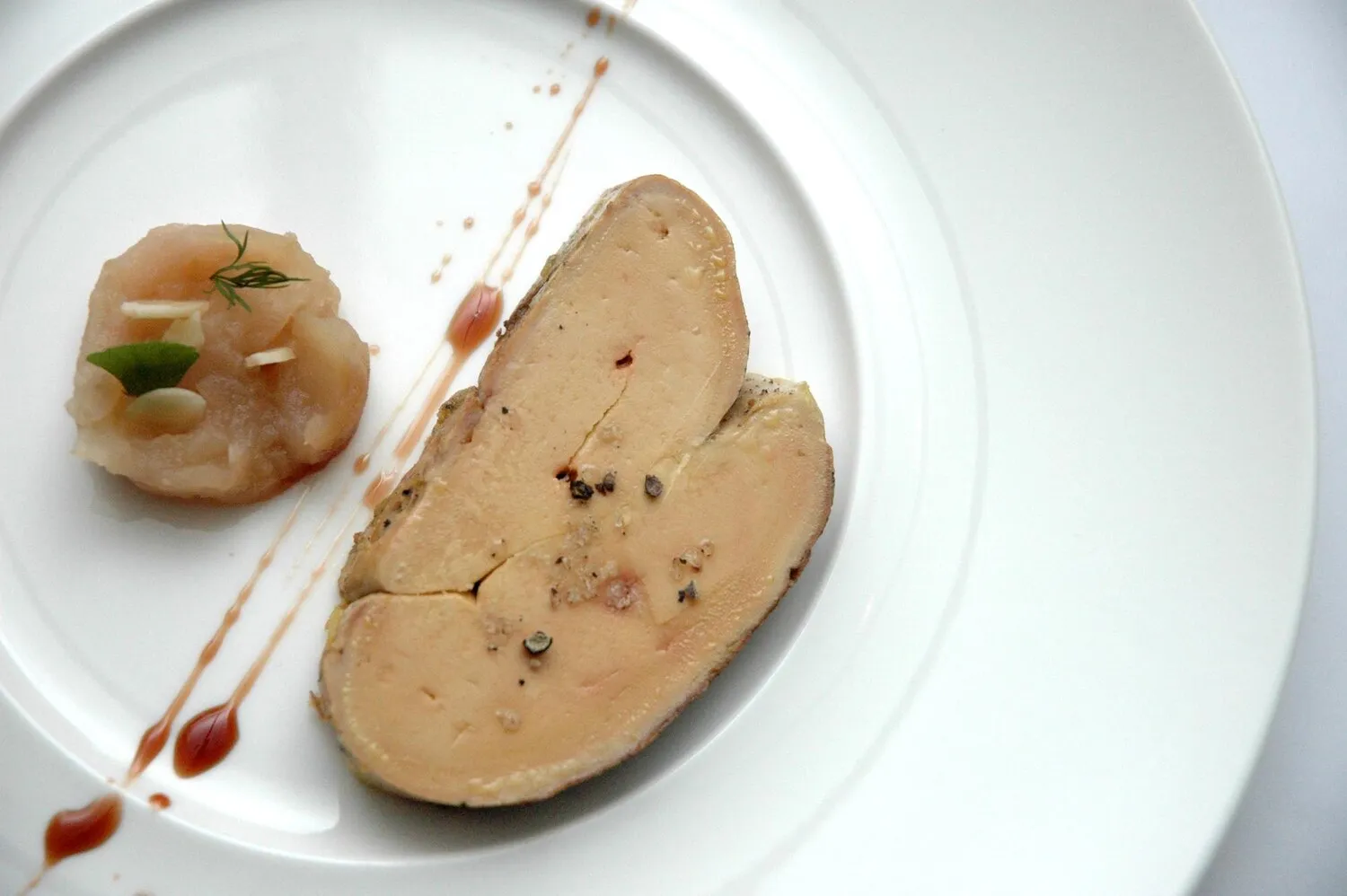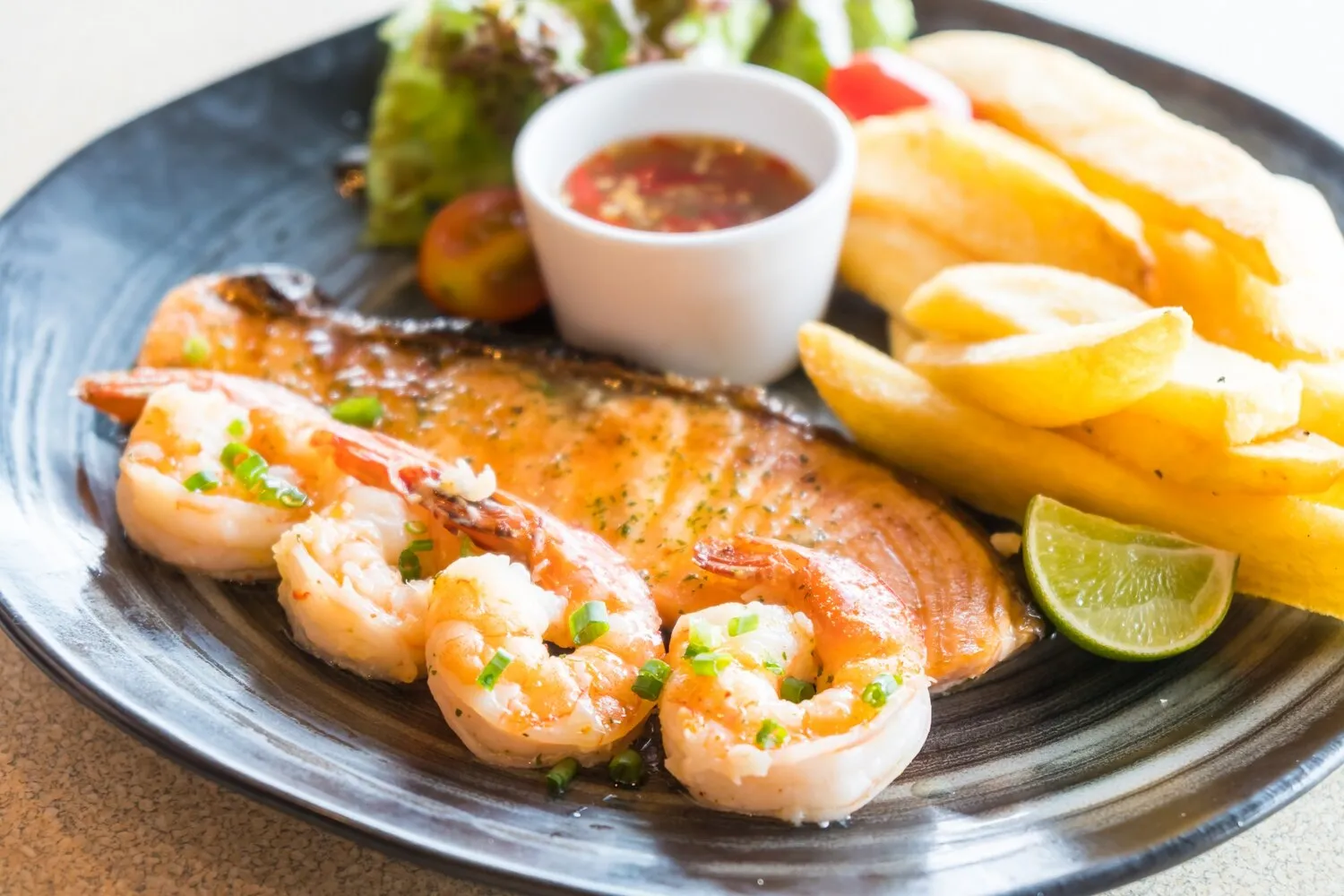
Filet de Boeuf
Beef fillet, a tender cut of beef, often served with various sauces.
Nutrition Facts
* The % Daily Value (DV) tells you how much a nutrient in a serving of food contributes to a daily diet. 2,000 calories a day is used for general nutrition advice.
The preparation of Filet de Boeuf, especially with rich sauces, is rooted in classical French cuisine which developed from medieval culinary traditions. The emphasis on refined techniques and presentation evolved during the Renaissance and was further codified in the 17th and 18th centuries, particularly within the French royal court. The popularization of restaurants in the 18th century facilitated the dissemination of these sophisticated cooking methods to a wider audience.
Filet de Boeuf is often associated with special occasions and fine dining, reflecting its premium ingredients and preparation techniques. It embodies French culinary excellence and is a symbol of indulgence.
Celebration Dish
Filet de Boeuf is frequently served at celebratory dinners, anniversaries, and other special events, indicating its status as a luxurious and prestigious meal.
Fine Dining Staple
You'll typically find Filet de Boeuf prominently featured on the menus of upscale restaurants, especially those showcasing classic French cuisine.
Symbol of Culinary Skill
The precise cooking required to achieve the perfect doneness of a Filet de Boeuf, along with the intricate sauce preparation, highlights the chef's skill and attention to detail.
Filet de Boeuf is primarily characterized by its incredibly tender texture and subtle, beefy flavor, enhanced by rich sauces and complimentary ingredients.
The beef itself offers a delicate and buttery taste, a result of the tenderloin muscle's fine grain and minimal fat content. The sauces, which are integral to the dish, often provide contrasting or complementary flavors. Classic sauces include Béarnaise (tarragon-infused egg yolk sauce), Bordelaise (red wine and shallot reduction), and au poivre (black peppercorn sauce). Other common additions include mushrooms, truffles, and creamy reductions, contributing earthy, savory, and umami notes. Seasoning is generally simple, often just salt and pepper, to allow the quality of the beef and sauce to shine.
Beef Quality is Paramount
Select a high-quality cut of beef tenderloin, preferably one that is well-marbled for added flavor and tenderness. Look for grades like Prime or Choice when available.
Mastering the Cook
Precise cooking is crucial. Use a meat thermometer to ensure the desired doneness, typically rare to medium-rare (125-135°F). Overcooking will result in a dry and tough filet.
Sear for Flavor
Before roasting or pan-frying, sear the filet over high heat to develop a rich, flavorful crust. This will enhance both the taste and texture of the meat.
Rest is Essential
Allow the Filet de Boeuf to rest for at least 5-10 minutes after cooking. This allows the juices to redistribute throughout the meat, resulting in a more tender and flavorful result.
Sauce Pairing
The sauce is an important element of the dish, consider rich sauces like Béarnaise, Bordelaise, or au poivre to complement the delicate flavor of the beef.
Explore additional Classic French dishes and restaurants
Explore Classic FrenchDiscover top dining spots and culinary experiences in Namur.
Explore NamurLearn more about the food culture, restaurant scene, and culinary heritage of Belgium.
Explore Belgium
